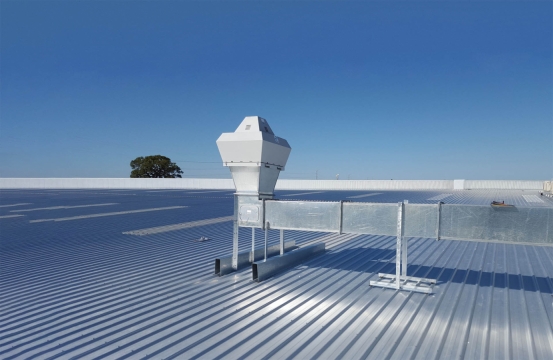How Do I Know What Kind of Furnace Filter Is Right For Me

There are a lot of different furnace filters out there, and it can be difficult to know which one is right for your needs. However, you can read this article if you don't know the difference between them.

Introduction
The furnace filters help keep your house's HVAC system clean and working efficiently. They help to scrub the air which the system blows throughout your house. This can help prolong the life of the HVAC system's components and allow you to breathe easily. However, you HAVE to replace the furnace filter after a certain period. Changing the furnace filters regularly is necessary for the HVAC system to work properly.
What Kind Of Furnace Filter Is Right For Me
The price of furnace filters can vary a lot, depending on the type and quality of the filter. The cheapest filters only catch small pieces of dust and other particles, while more expensive filters can capture more dirt and pollen. There are a lot of different types of air filters you can buy. Some are better than others, and the best are made from cement and cardboard.
Choosing the right sized furnace filter
You need to find the correct-sized filter for your furnace or measure the existing filter to evaluate its dimensions. The furnace filter size will usually be displayed on the filter itself, or you can measure it if necessary.
Choosing the right type of furnace filter
To find the best filter for the HVAC system of your house, you need to consider a variety of factors, including style and material. You might want to choose a filter that removes the most contaminants or has the smallest impact on airflow. Different types of filters can be used to clean the air in a room. Disposable filters are made of materials like paper, cotton, or fiberglass.
There are many adjustable filters, which are good for larger openings, and non-standard filters such as 12x12x1 air filter, which can be used in unusual places. Washable filters need to be cleaned more often, but they're good if you don't want to use disposables. Static electricity is used in electrostatic filters to catch small particles and comes in both disposable and reusable models.

Understanding the MERV rating of the Furnace Filter
The efficiency with which air flows through a filter, how long the filter should last, and how well it can filter out airborne particles are all measured by the MERV rating. Most MERV filters used in residential systems have a MERV rating of 1 to 12. Filters with a MERV 11 rating or higher 11 are generally used in commercial applications, such as hospitals and laboratories. Filters with a MERV 8 are usually used as disposable and reusable. Electrostatic pleated versions begin at MERV 8. On the other hand, the highest quality ones hit MERV 23.
Conclusion
People in different homes may need different levels of air quality from the heating and air conditioning (HVAC) system. Regarding indoor air quality, we think it is always best to have a good furnace filter installed. However, if you can afford it, we think it is worth investing in a better furnace filter. This furnace filter will work better at preventing dust and allergens from entering your home, potentially causing damage. And if you require professional assistance, you can always contact MervFilters!





